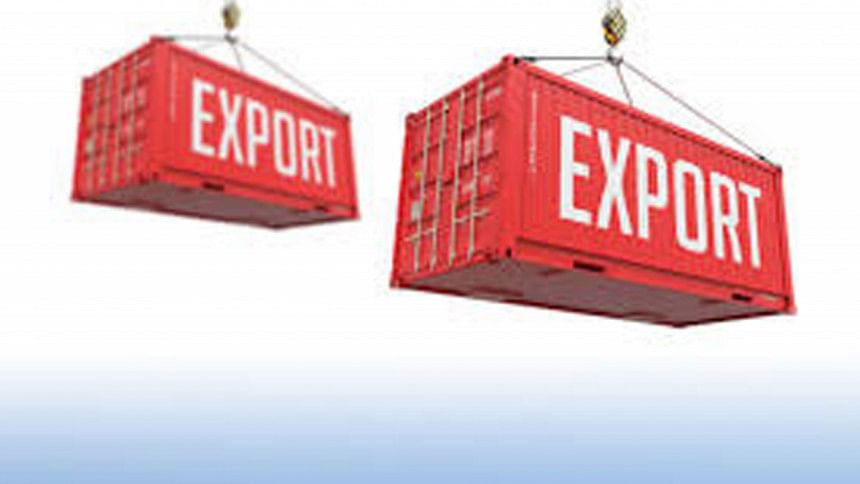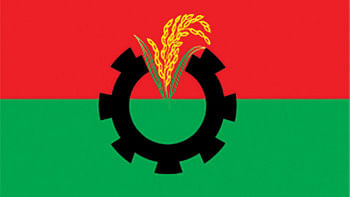Trade policy overhaul critical for post-pandemic recovery

The year 2020 will be recorded in history as the year when the world population lived dangerously—under the onslaught of an unknown killer virus that did not discriminate between rich or poor, developed or developing countries. The health pandemic is compounded by the consequential economic aftermath that has left the global economy in disarray. Covid-19 is the trigger for a present crisis comparable to the Great Depression of the 1930s.
What is now certain is that the negative shock to global output and trade is going to be deep and widespread in 2020—trade could be down 12-32 percent, according to WTO. The crisis has hit hardest regions that are our leading export destinations—USA, EU. Our exports are already down 17 percent in FY2020, though merchandise trade (export and import of goods) is down only 2 percent, after reaching a total of USD 95 billion in FY2019. There is too much uncertainty riding on our expected recovery in FY2021.
Trade is the means through which our economy integrates with the rest of the world. In light of the global shock in output and trade, the big question is, can our exports recover without a big shake up in our trade policy. Trade policy is also at the centre of the debate about what works and what does not in our quest for the elusive goal of export diversification.
Our producers have a binary choice between selling in two markets—export market or the domestic market, except for RMG producers who are mandated to export only. To illustrate, export subsidies or other support mechanism (e.g. concessional loans for export) create incentives for production geared to the export market. Likewise, policies that tax or restrict competing imports create incentives for production of import substitutes for domestic sale. When the balance of incentives favour exports, trade policy is export-oriented. When tariffs (that raise prices of imports and import substitutes) and import restrictions (to reduce import competition) make sale in the domestic market more profitable than exports, the incentive regime is biased in favour of import substitution. The bottom line: to incentivise export, the price received from export must be higher than what the producer were to receive from selling that product in the domestic market.
PRI research confirms that despite the widespread presumption that export is highly incentivised by cash subsidies and other support measures, high tariff protection given to import substitute production raises profitability of domestic sales well above incentives given to exports. Result? The price an exporter receives for his/her product is much less than what the domestic market has to offer. That indeed is the crux of the trade policy dilemma in Bangladesh.
Covid-19 pandemic has exacerbated the trade part of the economic shock. Is trade policy up and ready to cope with the trade-related developments and also provide the impetus to fuel rapid economic recovery once we have gotten a handle on controlling the virus and returning life to normalcy?
All international agencies predict a sluggish global economic recovery. The projected global slowdown (which is beyond our control) could dampen import demand for Bangladesh exports in major markets, with significant impacts on RMG exports.
But all is not lost in a global economy that is constantly evolving. First, the "Walmart effect"—a term used to refer to the economic impact felt by local businesses when a large company opens in the area—could sustain demand for basic garments to prop up RMG exports. Second, Bangladesh stands to capture export demand as a fallout from US-China trade tensions. Third, for non-RMG exports of Bangladesh, where export market shares are infinitesimal, demand is not a constraint, ensuring export incentives and competitiveness are. Fourth, China has offered duty-free access to Bangladesh for over 90 percent of tariff lines with similar facilities already in Japan, Australia and New Zealand. East Asia and Pacific, with a market size of USD 22 trillion (larger than EU or USA) is now an export destination to fight for.
In this backdrop, a revamped trade policy for stimulating post-pandemic economic recovery should take the following route, beginning with the recognition that we have essentially two trade policy tracks, one for RMG exports and another for the rest. RMG operates in a "free trade" enclave (zero tariffs), nearly immune to the high tariff and protection regime that creates significant anti-export bias for non-RMG exports. That is the crux of the problem. This trade policy dualism has got to change. Unless trade policy for non-RMG exports is brought to par with RMG, export diversification has no chance. Until such time as we can unify the two tracks of trade policy, our only option is to revamp the twin tracks of trade policy for post-pandemic recovery, along the following lines:
First, the biggest challenge to export diversification comes from the high protection regime in the domestic economy. The problem with non-RMG exports (firms are not 100 percent exporters), like footwear, plastic, agro-processing products, light engineering, is that domestic tariff-induced protection is so high, making domestic sales so profitable, that exporting is not an attractive option. To get any traction on export diversification, this perverse incentive system must be turned around. The over-arching challenge in future trade policy lies in making exporting activity more attractive than selling in the domestic market. But that is easier said than done.
Second, prepare a vigorous plan for geographical diversification to break into new markets in East Asia and the Pacific (e.g. China, Japan, S Korea, Australia, New Zealand).
Third, all out measures will have to be undertaken to enhance export competitiveness, based on comparative-advantage-following (CAF) strategies, including improved trade infrastructure, access to finance, ease of doing business, and so on. Until such time as the two trade policy tracks are brought to par with each other, all non-RMG exporters will have to be given bonded facilities to get world-priced (zero-tariff) imported inputs in order to compete on a level playing field.
Fourth, while recognising that RMG export prospects globally are not fully exhausted, efforts should continue to improve competitiveness by raising quality, efficiency, productivity, and compliance in the RMG sector and its backward linkage industries.
Fifth, as part of the export diversification strategy, diversify into intermediate goods production for exports (e.g. automotive and electronic parts and components) by vigorously seeking FDI to integrate with global value chains (GVC). Emulating Vietnam's experience would be worthwhile.
Finally, robust export performance requires two common traits for the exchange rate: (a) flexibility, and (b) strict avoidance of overvaluation. Recognising that it would be well-nigh impossible for the economy to export and grow its way out of the Covid-19 slump with an already proven overvalued exchange rate, the crisis presents a timely opportunity for "compensated" depreciation of the exchange rate (i.e. depreciation associated with complementary measures to neutralise inflationary or other negative effects) to give a boost to post-pandemic export performance and its diversification.
A crisis is a terrible thing to waste. Following the political-economic crisis in 1990, Bangladesh launched the deepest trade policy reforms in its history, indeed completely changing direction from an inward-looking restrictive trade policy to an outward-looking export-oriented one, that paid huge dividends in terms of trade and export expansion, growth acceleration, and poverty reduction. The current health-cum-economic crisis presents yet another opportunity for changing course and revamping trade policy to fuel a robust recovery.
Dr Zaidi Sattar is Chairman, Policy Research Institute of Bangladesh (PRI).

 For all latest news, follow The Daily Star's Google News channel.
For all latest news, follow The Daily Star's Google News channel. 



Comments